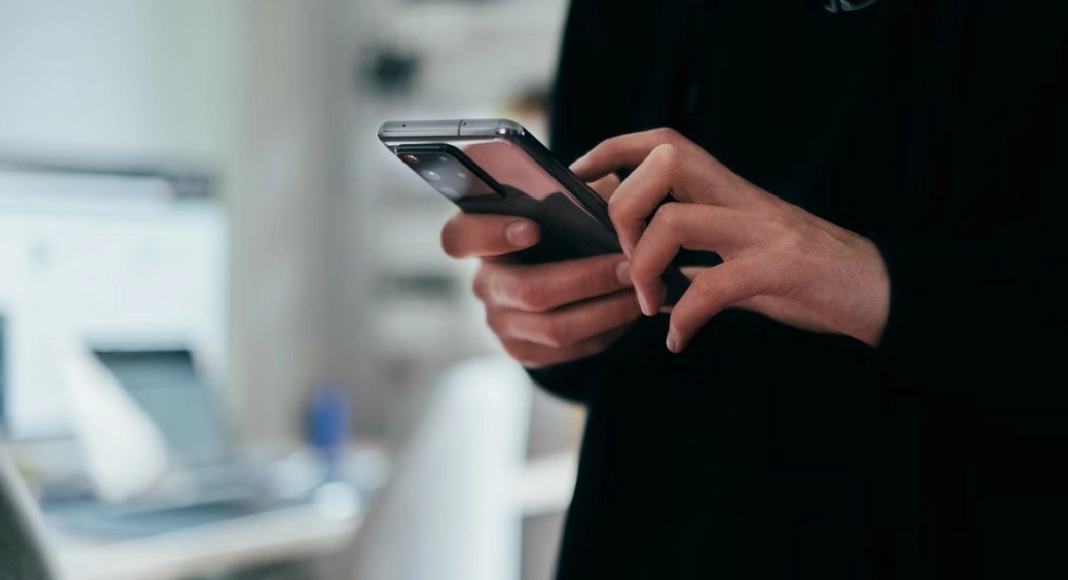
Does the call hang up as soon as you answer it? Or at a random moment while talking on the phone? The problem could be the reception of the mobile phone, an outdated operating system or a problem with the SIM card.
This guide will show you 8 ways to get rid of your phone dropping problem forever. Troubleshooting Android and iOS devices.
-
Get a cell phone
A weak mobile signal is the main cause of dropped calls. Check your phone’s status indicator and make sure there are at least two signal lines. If your phone has less than two signal bands, you may be far from the nearest cell tower.
The further you are from the base station, the weaker your mobile reception will be. Other factors affecting network quality include temporary network congestion and adverse weather conditions (storms, heavy rain, wind). Try walking around. Tall buildings and the highest floors of high-rise buildings have better reception.
Physical obstacles (skyscrapers, hills, trees) can also block network signals and create dead zones (areas without cellular signal). If your home or office is in a dead cell zone, a signal booster can be a good investment. Cellular signal boosters (also called “cellular repeaters”) amplify weak signals by overcoming physical barriers.
Note that telephone amplifiers only amplify weak signals. If your carrier does not offer cellular coverage in your area, using a booster is not mandatory.
-
Try Airplane Mode
- Putting your phone on airplane mode can solve the call problems.
- On your iOS device, open the Settings app, turn on Airplane Mode, wait 30 seconds, then turn it off.
- On Android, go to Settings > Network & Internet > Advanced, turn on airplane mode, turn it off after 30 seconds.
-
Show Caller ID (for iPhone)
Depending on your carrier, hiding your phone number may prevent your device from receiving calls. If there is an incoming call, the call may be disconnected. Check your phone settings and make sure Caller ID is displayed.
On your iPhone, go to Settings > Phone > Show My Number and open My Number.
-
Check your internet connection
If your cellular or Wi-Fi connection is slow or you don’t have Internet access, your Internet voice calls may continue to drop. Check your connection and make sure your network is working. Open your browser, visit any website and observe the page loading speed.
If your mobile connection is slow, check out our guide to improving your mobile data speed. If the app crashes your phone while you’re connected to a Wi-Fi network, restart your router and connect your phone to the Internet. You should also look at other ways to boost your Wi-Fi signal to increase your network speed. If your connection is slow or not working, please contact your service provider.
-
Update your date and time settings
Incorrect time and date may interfere with cellular service on your phone. Check your mobile device settings to make sure you are using the date and time provided by your network.
- On Android, go to Settings > System > Date & time and enable both Use network-provided clock and Use network-provided time zone.
- For iOS devices, go to Settings > General > Date & Time to set it automatically.
-
Check for carrier settings updates
Mobile network providers often create carrier configuration updates that address issues affecting phone calls and mobile service. Most smartphones install these updates automatically, but you may need to install them manually.
If you have an Android phone, go to Settings > About phone and wait for the carrier settings update display. On some Android devices, you can update your carrier settings in Settings > Mobile networks > Carrier settings. Contact your smartphone manufacturer or carrier for detailed instructions on how to install carrier settings updates.
- On your iPhone, go to Settings > General > About and wait at least 30 seconds.
- If you don’t see a prompt to install a new carrier settings update, your phone has the latest carrier settings.
-
Re-open or update the app
Sometimes when a mobile app is outdated or full of bugs, performance suffers. If your internet connection is working fine but calls are still being made from the calling app, close the app and open it again.
If the problem persists, update the app to the latest version from your device’s app store. This will solve the problem, especially if the app is old or buggy. Alternatively, if your phone is ringing with an audio or video calling app, contact the app manufacturer.
-
Remove the SIM card and insert it again
If your SIM card is not inserted properly, you may have problems sending and receiving text messages and mobile calls. A damaged SIM card can also interfere with your phone’s cellular signal.
Remove the SIM card and gently wipe the metal contacts with a soft, dry, lint-free cloth. Also blow compressed air into the SIM card port to remove dust and debris. If your SIM card is physically damaged or scratched, contact your carrier’s network for a replacement.
Insert the SIM card back into the port and see if the device phone stabilizes. For dual-SIM devices, insert the SIM card into the other port and see if the call quality improves.
The SIM card has a long service life. Mobile signal strength and reception may drop on older SIM cards, especially if you don’t update your carrier settings. If your SIM card is 5-10 years old, you need to buy a new SIM card. Otherwise, you may experience mobile data speed and calling issues.
If you are unsure of the duration of your SIM card or mobile phone reception in your area, please contact your operator. Likewise, if your SIM card is not working, check for other fixes.
